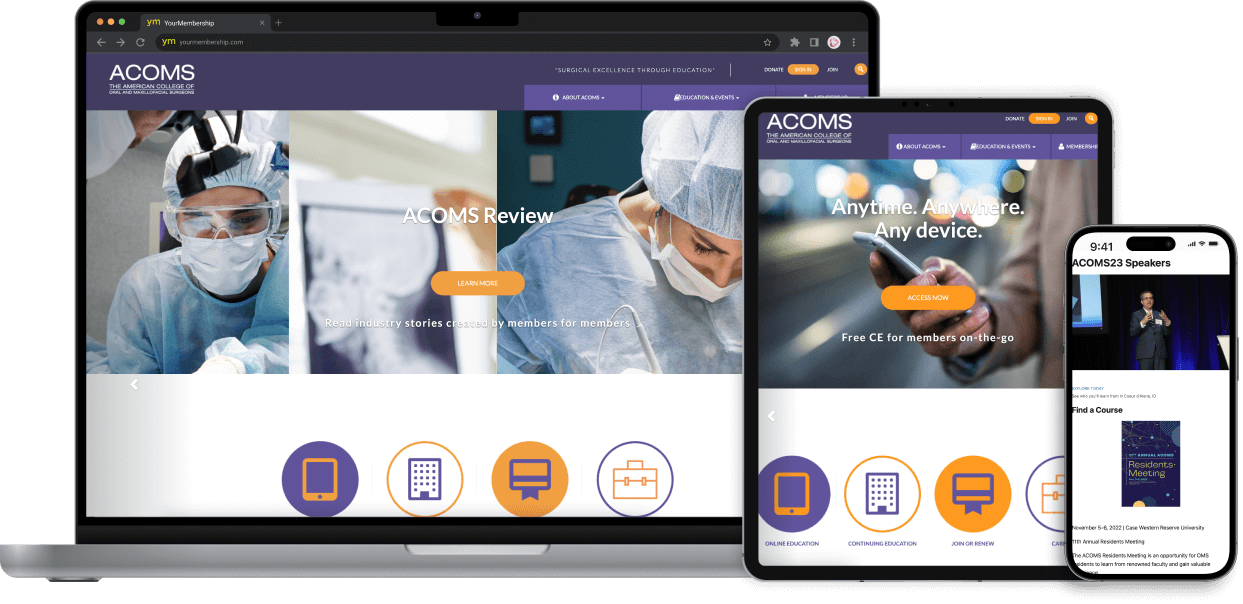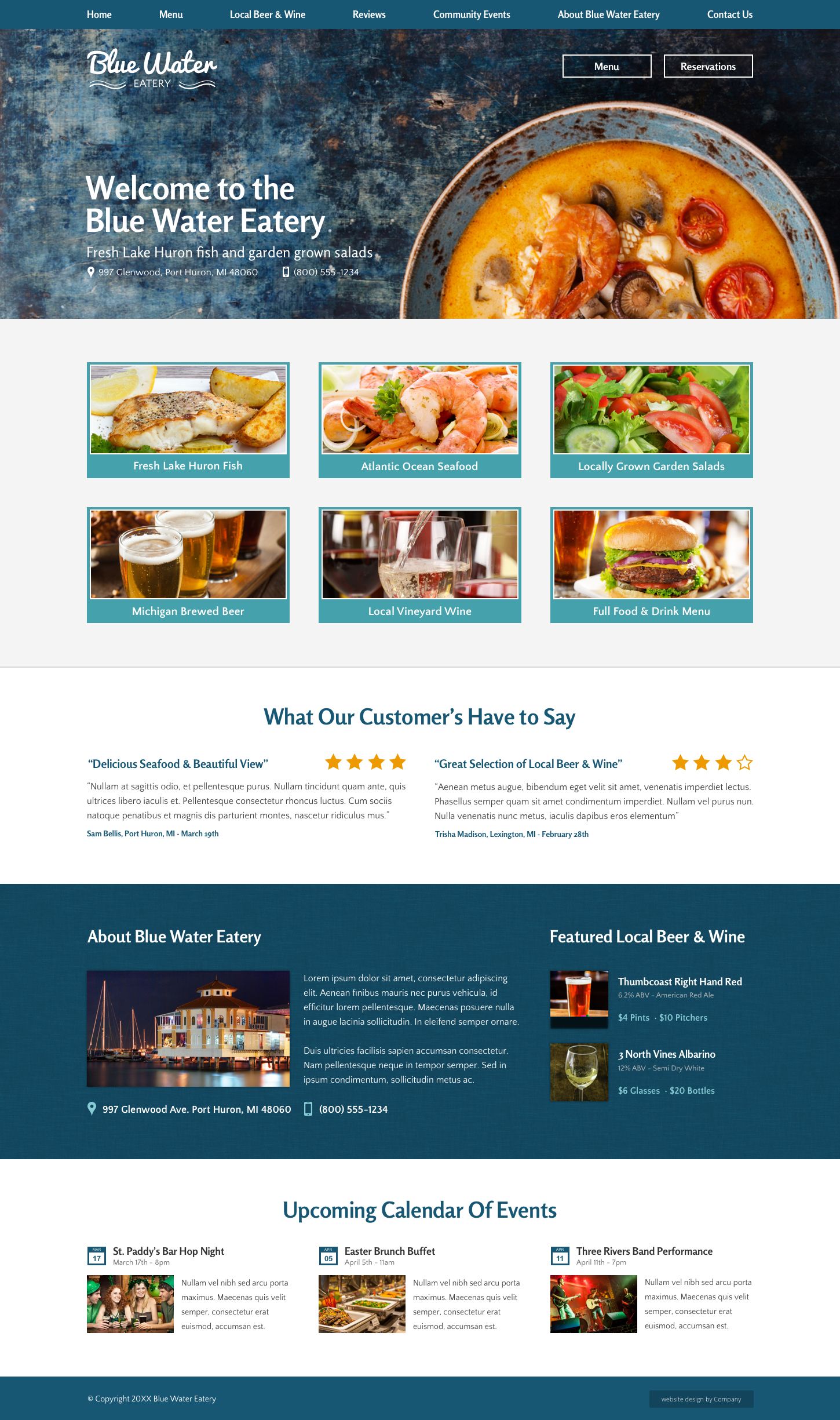The Effect of Responsive Features on Your Website Design Success
The Effect of Responsive Features on Your Website Design Success
Blog Article
Key Approaches for Carrying Out User-Centric Website Style to Boost Engagement
When thinking about the implementation of user-centric site style, certain strategies are important in increasing engagement. Extensive research right into individual requirements and choices develops the foundation, leading the development of user personas to notify design selections. Customizing content boosts individual complete satisfaction, and durable ease of access functions expand reach.
Understanding Individual Needs
Understanding customer requirements is a fundamental action in the process of user-centric website layout. This method guarantees that the internet site straightens with the expectations and demands of its target market, eventually bring about boosted customer complete satisfaction and involvement. The preliminary phase entails conducting thorough study to gather insights right into customer behaviors, choices, and discomfort points. Methods such as studies, interviews, and individual testing can supply valuable qualitative and measurable data concerning exactly how customers engage with the site.
Examining this data enables developers to create detailed customer identities that stand for the various sectors of the target audience. These identities aid inform layout choices by highlighting certain customer goals and obstacles, assisting the development of attributes that resolve these demands effectively. Moreover, understanding the context in which customers operate-- such as their environment, tool choices, and time constraints-- can additionally improve the style method.
Compassion plays a vital function in this process, enabling designers to see the web site from the customer's viewpoint. By prioritizing individual requirements, the style procedure comes to be extra focused, avoiding the inclusion of unnecessary elements that could mess the user experience. Eventually, a deep understanding of user demands contributes in crafting an internet site that is both useful and significant.
Designing User-friendly Navigation
Having actually established an extensive understanding of user requirements, the following action in user-centric website design entails creating instinctive navigating. Efficient navigation is essential to user complete satisfaction, affecting just how easily users can locate information and complete tasks. To accomplish intuitive navigating, developers have to focus on simplicity and quality, guaranteeing that the navigating structure is sensible and consistent throughout the website.
Organizing material right into a clear hierarchy is crucial. Website Design. The use of acquainted tags and symbols can assist customers effortlessly, reducing cognitive tons and improving the general customer experience. A well-designed navigating bar need to be plainly put, permitting individuals to recognize their current area and conveniently check out various other sections of the web site
It is likewise vital to integrate interactive aspects such as breadcrumbs and search functionalities to help users in navigating facility sites. These attributes give extra pathways and boost the ease of access of material, dealing with different individual preferences and actions.
Checking navigation with real users is necessary to identify possible discomfort factors and ensure capability straightens with customer expectations. Regular responses loops and iterative renovations can help maintain an effective navigation system that adjusts to evolving individual demands, ultimately improving engagement and complete satisfaction.
Producing Responsive Interfaces
Usually, producing responsive interfaces is a critical element of contemporary website design, making sure that sites are available and functional throughout a wide variety of tools and display sizes (Website Design). This versatility is vital in a landscape where individuals gain access to material using smart devices, laptops, tablets, and desktops, each with differing orientations and resolutions. The main goal of receptive style is to enhance individual experience by browse around these guys keeping optimum readability and usability, regardless of the tool utilized
To attain this, web developers employ versatile grid designs, liquid pictures, and CSS media questions. Adaptable grids enable web site elements to resize proportionally, while fluid pictures ensure visuals scale properly without shedding high quality. Media questions play an important function by applying various styles based on the device's qualities, such as elevation, size, and orientation, thus tailoring the format to the user's display.
Furthermore, responsive interfaces add to improved search engine optimization (SEARCH ENGINE OPTIMIZATION) by offering a smooth individual experience, which consequently can minimize bounce prices and boost website involvement. In recap, taking on receptive style is not just a technological consideration yet an essential technique for promoting a user-centric internet atmosphere that meets the requirements of a varied audience.

Customizing Content Experience
Personalizing content experience is an important part of user-centric site style that includes customizing web content to meet the special choices and actions of individual users. This strategy not only improves individual satisfaction however additionally fosters much deeper involvement, as site visitors are extra most likely to interact with web content that reverberates with their passions and requirements. By leveraging data analytics and customer responses, organizations can recognize patterns and patterns that educate the personalization of web content.
Including personalization techniques can vary from straightforward changes, such as suggesting products based upon browsing history, to extra innovative methods like dynamic web content that adjusts in real-time to a user's interactions. As an example, individualized touchdown web pages can dramatically boost conversion prices by supplying customers with relevant information and provides that line up with their previous tasks and choices.
Additionally, utilizing expert system and artificial intelligence can better improve content customization by constantly learning from customer behaviors and adapting to arising fads. This not only improves the customer's journey however additionally builds brand commitment, as customers really feel understood and valued. Eventually, personalizing the web content experience is a crucial approach for organizations intending to develop a much more engaging and purposeful communication with their target market.
Enhancing Availability Attributes
Enhancing accessibility features is an essential element of user-centric web site layout, making certain that digital content is functional by everyone, including individuals with impairments. This approach not only adheres to legal requirements such as the Americans with Disabilities Act (ADA) and the Internet Content Ease Of Access Standards (WCAG) however also considerably widens a web site's audience reach. By integrating functions like keyboard navigation, display viewers compatibility, and different message for images, sites end up being a lot more comprehensive, giving a smooth experience for users with visual, acoustic, or electric motor impairments.
Incorporating responsive More hints layout elements is vital, promoting gain access to on different gadgets and display sizes, thus fitting customers with different choices and needs. Comparison proportions and message dimension changes can boost readability for people with aesthetic challenges. Giving succinct and clear web content structure, such as checklists and headings, aids comprehension and navigation, specifically for users with cognitive specials needs.
Regular access audits read must be conducted to determine and remedy possible obstacles, making certain ongoing compliance and use. By focusing on ease of access, services not just foster inclusivity yet likewise improve general user interaction and contentment, inevitably driving greater conversion rates and enhancing brand name loyalty.

Conclusion
Including user-centric style approaches substantially enhances web site engagement by focusing on the needs and preferences of customers. Detailed research promotes the creation of individual identities, guiding targeted layout decisions.
Extensive study into individual needs and choices develops the structure, leading the development of individual identities to educate layout choices. Techniques such as studies, meetings, and user testing can offer useful qualitative and quantitative data about just how individuals interact with the site.
By prioritizing user demands, the design process comes to be a lot more focused, avoiding the addition of unneeded elements that might clutter the individual experience. Reliable navigating is fundamental to customer complete satisfaction, affecting exactly how easily individuals can discover details and total tasks. The use of familiar labels and symbols can lead individuals easily, minimizing cognitive load and boosting the overall customer experience.
Report this page